TITLE
What Can Covid-19 Teach Us About the Mysteries of Smell?
DESCRIPTION
This is a most fascinating article that would be classified in the Sensation and Perception chapters in the textbook. Interestingly, those chapters devote the smallest amount of space to the sense of smell (olfactory) and taste (gustatory). The article begins with background history of how over millennia, the sense of smell has been downplayed in humans as the least important of the senses though recognizing how keenly significant the sense is in other animals. Over the past year, the Covid-19 pandemic has refocused scientists on how significant the olfactory sense actually is due to the fact that one of the major symptoms of Covid is the loss of smell and subsequent loss of taste. “How many Covid patients experienced smell loss? How fully did smell disappear? (Smell loss is known as anosmia when it’s complete, and hyposmia when it’s partial.) Was Covid-related smell loss truly distinct from that caused by other viruses? How many patients would be able to recover their olfaction, and how long might it take?” The second part of the article goes into great detail regarding researchers around the world finding ways to study the loss of smell due to the disease and the consequences to those who experienced the loss. “Later analysis showed that smell loss was, in fact, the most reliable predictor of Covid, and that this was true even for people assessing their own smell loss (which, research has shown, is something people tend to be quite bad at).” The third section of the article describes anecdotal stories that have been reported by those who have lost their olfactory sense and the difficulties experienced as a result. Importantly, the article also describes the differences in how cultures focus on smell and the descriptive language used by different peoples; all part of the nature-nurture puzzle of understanding humanity. Finally the last part of the article focuses on new research and how scientists are viewing the smell sense as important in understanding diseases such as “early warning sign of neural diseases like Alzheimer’s, Parkinson’s and schizophrenia, which is also strongly associated with parosmia and phantosmia. People with depression have decreased olfaction and smaller olfactory bulbs on average, and the size decreases according to the severity of the depression. Children with autism have different automatic sniff reactions than those who are neurotypical, and they use more parts of their brains to process odors. They can also follow social cues better if they can smell a mother’s odor, even if she isn’t present.”
Read the article in two or three sessions because it is long but you will actually develop a fascination with the experience as part of your learning about Sensation and Perception.
SOURCE
New York Times, January 28, 2021, by Brooke Jarvis
LINK TO RESOURCE
https://www.nytimes.com/2021/01/28/magazine/covid-smell-science.html?smid=em-share
(Tiny URL) https://tinyurl.com/5ddpwdd4
CLASS DISCUSSION QUESTIONS
•First explain the terms “anosmia” and “parosmia”.
•Historically what has been the perspective regarding the olfactory sense as compared to vision and/ audition?
•How has the Covid pandemic refocused researchers to begin to make significant inroads into understanding the olfactory sense?
•According to research, how is the sense of smell implicated in such disorders as Alzheimer’s Disease, Autism, Parkinson’s Disease, and Schizophrenia?


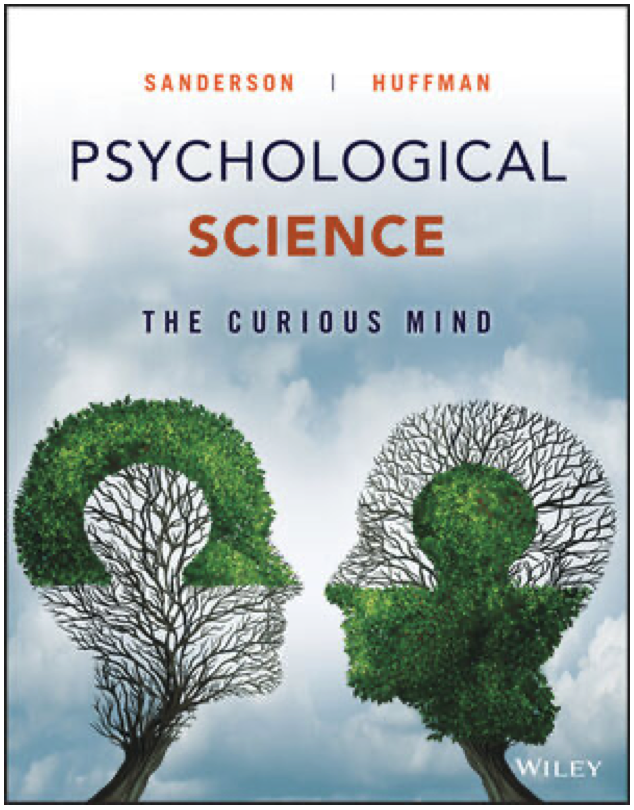
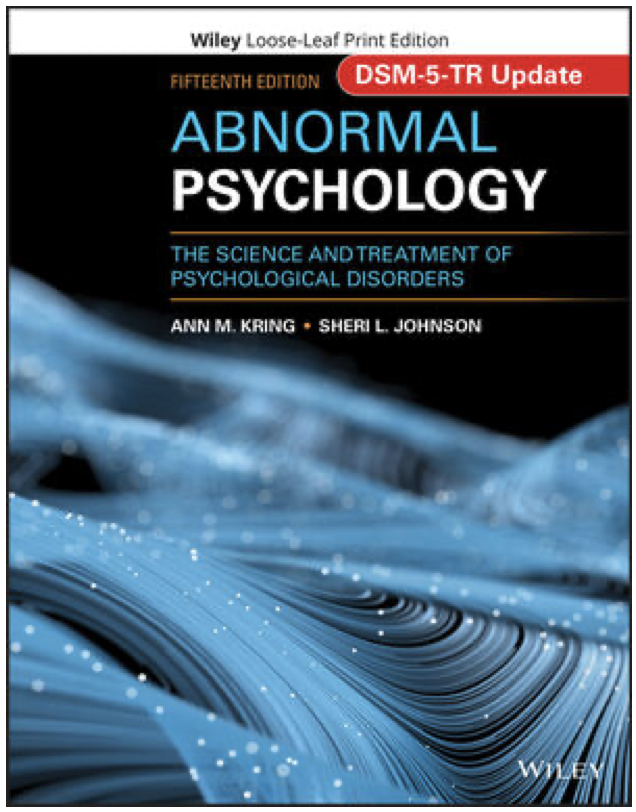
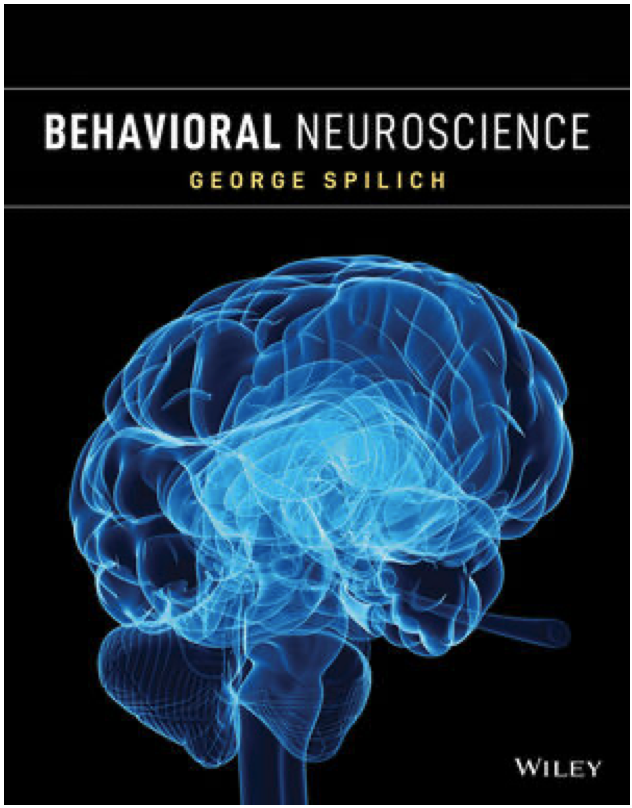
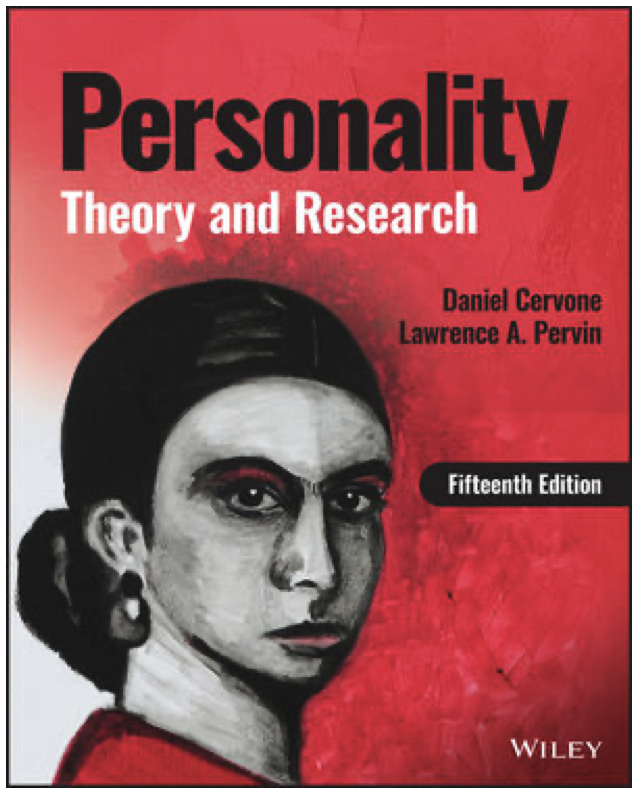
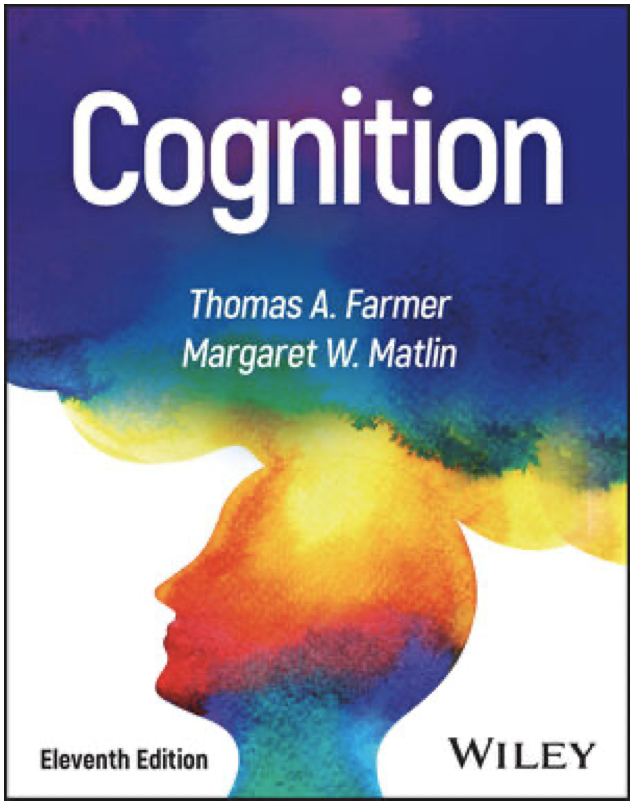
Leave a Reply